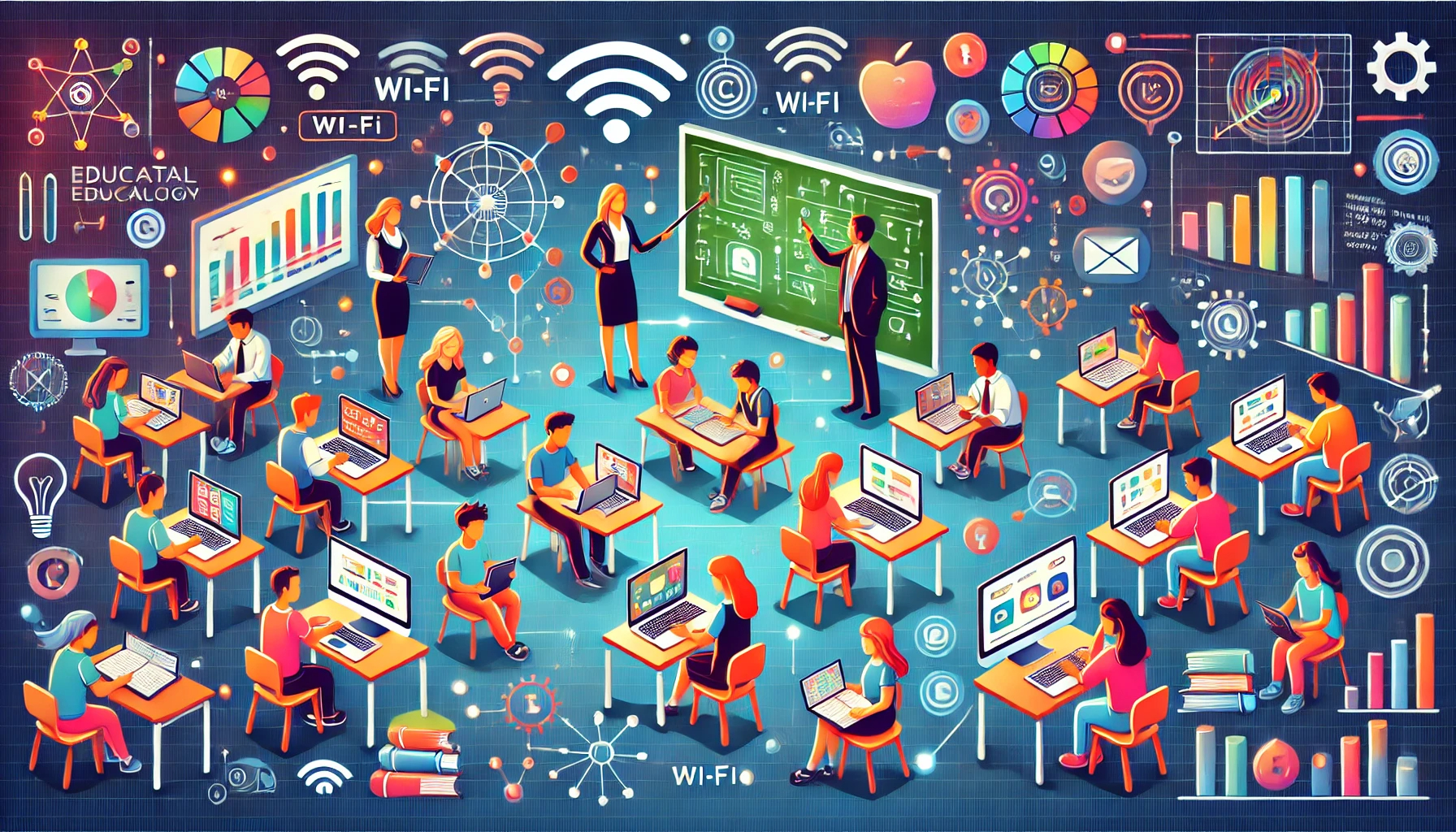10 Reasons Why Technology is Good for Education
The integration of technology into education has transformed the way students learn and teachers instruct. With continuous advancements in digital tools, classrooms and learning environments have become more engaging, efficient, and accessible. Here are 10 reasons why technology is good for education and how it positively impacts students, educators, and the educational system as a whole.
1. Enhanced Access to Information
Technology provides students with access to a vast array of information and learning materials from around the world. Online libraries, educational websites, and digital textbooks offer instant access to knowledge that was once only available in physical libraries or classrooms. Platforms like Wikipedia, Khan Academy, and Coursera allow learners to dive deeper into subjects at their own pace.
2. Personalized Learning
With the help of technology, education can be tailored to fit the individual needs of each student. Adaptive learning platforms such as DreamBox or i-Ready assess a student’s strengths and weaknesses and adjust lessons accordingly. This personalized approach helps students learn at their own pace, providing extra support where needed and challenging them when they're ready to advance.
3. Improved Collaboration and Communication
Technology fosters communication and collaboration between students, teachers, and parents. Learning Management Systems (LMS) like Google Classroom and Microsoft Teams enable students to work on group projects, share documents, and communicate with peers and instructors in real time. Teachers can provide instant feedback, and parents can stay involved in their child’s progress.
4. Engagement through Interactive Tools
Traditional lectures can sometimes be monotonous, but technology offers engaging and interactive ways to learn. Tools like smartboards, educational apps, and virtual simulations make learning more hands-on and exciting. Interactive platforms such as Kahoot! and Quizlet turn lessons into games, boosting student participation and retention of information.
5. Prepares Students for Future Careers
In a technology-driven world, students need to be proficient with digital tools to succeed in the job market. Technology in education helps students develop essential skills such as coding, data analysis, and digital literacy. Learning platforms like Codecademy, Scratch, and Google for Education teach students valuable tech skills that are highly sought after by employers.
6. Facilitates Remote Learning
The rise of online education has made learning accessible to students worldwide, regardless of their location. During the COVID-19 pandemic, educational technology became a lifeline for students unable to attend physical schools. Platforms like Zoom, Google Meet, and Blackboard have allowed teachers to deliver live lessons, and students to attend classes from home, ensuring continuity in education.
7. Supports Special Education Needs
Technology has made education more inclusive for students with special needs. Assistive technologies like speech-to-text software, audio books, and screen readers help students with disabilities access educational content. Devices such as iPads and specialized apps make it easier for students with autism or learning disabilities to communicate and learn in ways that work best for them.
8. Boosts Student Motivation
Integrating technology in the classroom can enhance students’ motivation to learn. Digital learning tools often include badges, progress bars, and rewards that encourage students to complete tasks and reach milestones. The interactive and immersive nature of technology can transform education into an exciting and stimulating experience that keeps students engaged and motivated.
9. Efficient Assessment and Feedback
Teachers can use technology to streamline assessment and provide immediate feedback to students. Tools like Google Forms, Socrative, and Edmodo allow teachers to create quizzes and assignments that can be automatically graded, saving time and allowing students to see their results right away. Immediate feedback helps students identify areas they need to improve, making the learning process more efficient.
10. Promotes Lifelong Learning
Technology fosters an environment of continuous learning. Online platforms offer courses on virtually every subject, allowing individuals to acquire new skills or deepen their knowledge long after formal schooling ends. Websites like Udemy, LinkedIn Learning, and edX make it easy for people to continue learning throughout their lives, helping them stay competitive in their careers and personally fulfilled.
Conclusion
Technology has undeniably revolutionized education, making learning more accessible, engaging, and personalized. By incorporating digital tools, both students and educators benefit from a more dynamic, interactive, and inclusive learning experience. As technology continues to advance, its role in education will only grow, preparing students for the challenges and opportunities of tomorrow’s world.
Whether through improved access to information, personalized learning, or preparing students for future careers, the benefits of technology in education are clear and vital for the modern classroom.









